More than 20 years after 9/11, the FAA will require new commercial airplanes to have a secondary cockpit barrier to prevent attacks, but the feds will not mandate airlines to retrofit existing planes.
A retired FAA special agent tells the Herald that this means the vast majority of planes remain unprotected and are “still vulnerable to a 9/11 style attack.”
“It’s 22 years since 9/11, and the FAA is patting themselves on the back for putting secondary barriers on new aircraft down the road, while the aircraft we’re flying in now doesn’t have that protection,” the ex-agent Brian Sullivan added. “It’s ridiculous.”
The Federal Aviation Administration on Wednesday announced that it will require a secondary barrier on the flight deck of new commercial airplanes, helping protect flight decks from intrusion when the flight deck door is open.
A few months ago, the Herald reported about the continued need for secondary cockpit barriers in the wake of a Massachusetts man allegedly attacking a flight attendant while on a plane to Boston.
When a pilot has to exit the cockpit to use the bathroom, the “secondary barrier” becomes flight attendants standing in front of the cockpit entrance — usually with their push cart.
Secondary cockpit barriers are wire-mesh gates that would be located between the passenger cabin and cockpit door, blocking access to the flight deck while in the air.
“Every day, pilots and flight crews transport millions of Americans safely — and today we are taking another important step to make sure they have the physical protections they deserve,” U.S. Transportation Secretary Pete Buttigieg said in the FAA’s announcement.
Aircraft manufacturers are required to install secondary barriers on commercial aircraft produced after the rule goes into effect.
“No pilot should have to worry about an intrusion on the flight deck,” said Acting FAA Associate Administrator for Safety David Boulter.
The president of the Air Line Pilots Association called the FAA’s announcement on Wednesday long overdue. All existing aircraft should also have these barriers, added ALPA President Capt. Jason Ambrosi.
“With this action today addressing the installation of secondary barriers on newly manufactured aircraft, we must redouble our efforts to pass the Saracini Enhanced Aviation Safety Act (H.R. 911/S. 911) to address the retrofitting of existing airliners, and work to install primary barriers on cargo aircraft,” Ambrosi said.
“Because ensuring that no terrorist — domestic or international — breaches another aircraft flight deck door again should be one of this nation’s highest security priorities,” he added.
Installing secondary barriers on aircraft already in the fleet costs about $5,000 per aircraft or less, according to ALPA.
“Flight Attendants will no longer be forced to use their own bodies as the barrier between the cockpit and the cabin on new aircraft thanks to the finalized rule issued by the FAA today,” the Association of Flight Attendants-CWA wrote. “We support secondary barriers in all of our aircraft.”
©2023 MediaNews Group, Inc. Visit at bostonherald.com. Distributed by Tribune Content Agency, LLC.
—-
This content is published through a licensing agreement with Acquire Media using its NewsEdge technology.



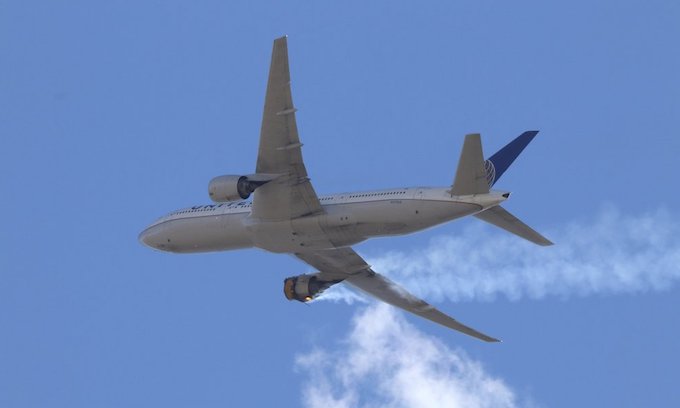
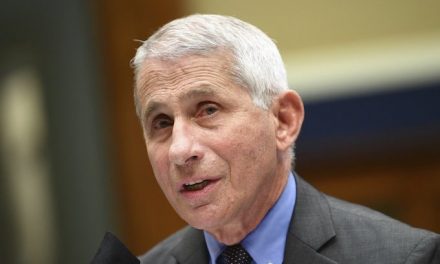
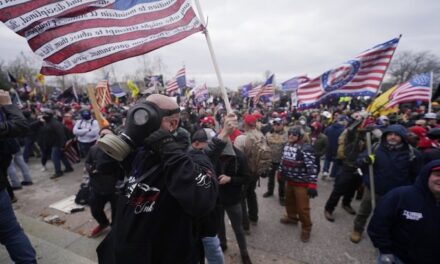
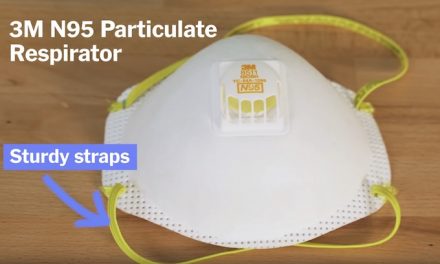
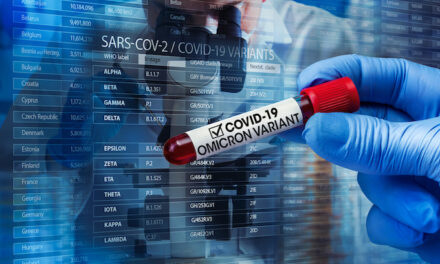








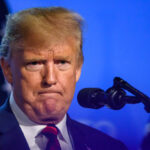
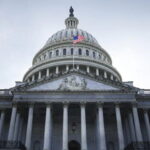

How’s about since the FAA and DHS can’t find like 90% of contraband that goes through our airports, they SHUT UP ABOUT SAFETY!